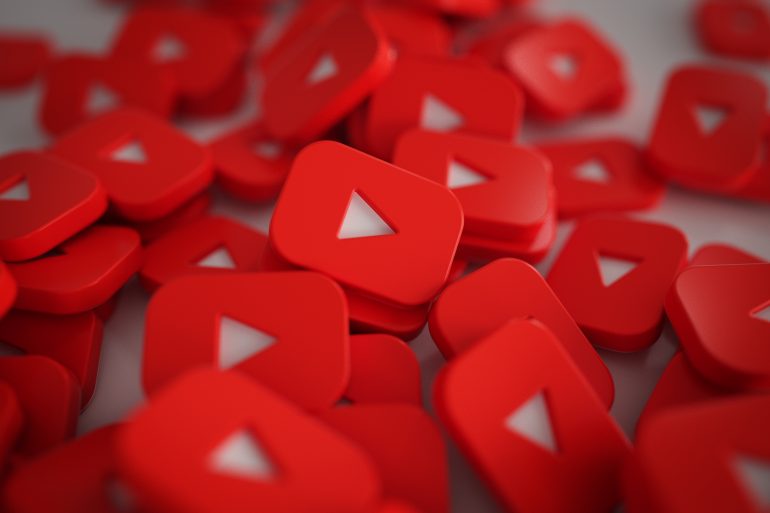- YouTube, owned by Google, will introduce AI content detection tools by 2025, including synthetic voice detection.
- The new system will allow creators to identify and monetize AI-generated content miming their voices.
- YouTube’s Content ID, which has generated significant revenue for creators, will now include AI detection capabilities.
- New deepfake detection technology will protect public figures, aligning with updated privacy policies.
- Platforms like Google, Meta, and TikTok increasingly label AI-generated content for transparency.
- YouTube is strengthening its stance against unauthorized scraping of content used to train AI models.
- The platform acknowledges the growing need for creator control over content use in AI development and offers potential future collaborations with AI developers.
Main AI News:
In a strategic move to protect content creators and preserve content authenticity, YouTube, a subsidiary of Google LLC, has announced a suite of tools to manage and detect AI-generated content. A key feature will be the rollout of synthetic voice detection technology integrated into its Content ID system, which is expected to go live in early 2025. This advancement offers creators enhanced control over AI-generated materials mimicking their voices.
The new system will empower partners to identify and manage videos featuring AI-generated voices, with the added benefit of monetizing such content. When AI-generated material infringes on artists’ intellectual property, the system will ensure that revenue from ads associated with these videos goes directly to the original content creators. Content ID, YouTube’s automated copyright tracking system, has successfully generated billions in claims and revenue for artists by identifying unauthorized content.
Beyond voice detection, YouTube is also developing technology to detect deep fake videos, specifically targeting the misuse of celebrities’ likenesses. This effort complements its recent updates to privacy policies, which aim to secure the identities of public figures such as musicians and actors, who are increasingly vulnerable to AI-generated deep fakes.
As AI-generated content becomes more prevalent, tech companies have intensified efforts to ensure transparency. Google, for example, is developing watermarking tools for AI-generated images, and platforms like Meta and TikTok have already implemented content labeling to identify AI-created media. YouTube has also taken a strong stance against scraping content from its platform, a practice often used to train AI models without proper authorization. The company reiterated that such actions violate its Terms of Service and continue to invest in technologies to prevent unauthorized access.
Legal battles have emerged over using copyrighted content to train AI models, with music industry giants filing lawsuits against AI companies for widespread infringement. Along with industry concerns, YouTube has promised to enhance its efforts to block unauthorized access and protect creators from having their work used to train AI without permission.
While YouTube recognizes the evolving role of AI and the need for creators to have greater control over how their content is used in AI training, the company has also hinted at future collaborations with third-party AI developers. However, specifics on revenue sharing and partnership structures remain under wraps, with further details expected to be revealed later this year.
Conclusion:
YouTube’s move to implement AI detection tools is a significant development for creators and the broader content market. By addressing the growing concerns around AI-generated material and protecting intellectual property, YouTube sets a precedent for other platforms. This shift will likely strengthen creators’ revenue streams, offering a safeguard against unauthorized content use. It also underscores the importance of transparency in the rapidly evolving AI space. As platforms continue introducing content labeling and detection technologies, companies in the generative AI field may face increasing pressure to collaborate and comply with changing regulations. For the market, this signals a shift toward more vigorous copyright enforcement and tighter control over AI-generated content, which could impact how AI-driven innovation unfolds in the creative industries.

